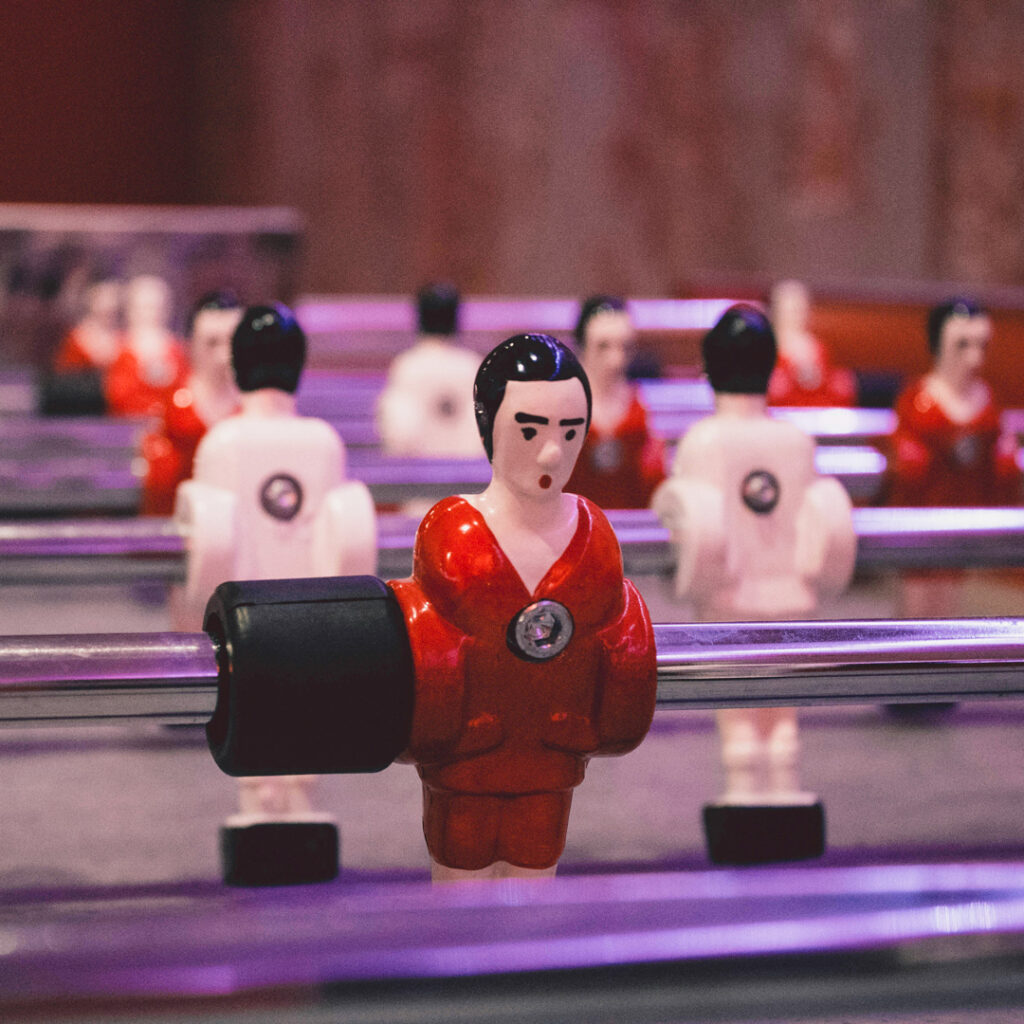The ceiling above every desk, hallway, meeting room, restaurant, and lounge in Facebook’s offices worldwide looks the same—a tangle of massive ventilation ducts wrapped in aluminum foil, snaking cables, routers, switches, bare lighting and sound wires, all held together by an exposed metal skeleton. This industrial-chosen aesthetic carries the signature of Frank Gehry, the starchitect behind Bilbao’s Guggenheim Museum and LA’s Walt Disney Concert Hall. Even in Facebook’s sprawling Dublin campus—which recently became the company’s global headquarters, inheriting the crown from Menlo Park (tax incentives likely playing a role)—Gehry’s raw design persists.
At first glance, you might wonder—why couldn’t Gehry just install proper ceilings? Maybe some elegant plaster moldings like in any self-respecting Balkan home, with halogen lights on dimmers for ambiance?
“Absolutely not,” explains one of Facebook’s lead systems engineers as we walk beneath kilometers of exposed infrastructure in their Dublin nerve center. His Sarajevo accent—somewhere between Marin Dvor and Skenderija—colors his words. “A finished ceiling was never an option,” he says. “This design embodies a core message—that our mission is only one percent complete.” Founder Mark Zuckerberg wants employees reminded of this every time they look up.
Consider this: Facebook’s services recently surpassed 2.8 billion monthly active users. Yet in Zuckerberg’s vision of “connecting everyone on Earth,” this staggering number represents just… one percent. The implication is clear—there’s work left for generations.
This philosophy fuels Facebook’s obsessive efforts to attract and retain top talent, especially systems engineers—the backbone of any tech giant. My Bosnian guide, who oversees three European data centers, always flies business class on Facebook’s dime—a privilege not even extended to all executives. The campus boasts Michelin-starred chefs serving free meals (vegan, halal, you name it), an industrial-scale laundry service returning folded clothes by afternoon, and relocation teams handling everything from visas to apartment hunting.
Healthcare includes on-site psychologists, occupational doctors, and 24/7 telemedicine with global coverage. The company funds IVF treatments and surrogacy. Childcare centers, yoga studios, jiujitsu dojos—every conceivable perk exists.
“Do you actually use all this?” I ask.
“Never have time,” he admits without looking up from his phone.
Of course not. These luxuries exist precisely so employees never need to leave. Facebook hires about 700 people weekly worldwide (70 in Ireland alone), though they’re quieter about attrition rates. Where would anyone go? To another tech giant? The global job market suddenly seems very small.
“Did you consider working elsewhere?”
“Only here. Google’s too geeky. We serve a real social purpose.”
For this Sarajevo native, Facebook’s employer branding worked perfectly. The mission resonates. Though after spending days immersed in their world, I realize—like their ceiling design suggests—they’ve barely begun. One percent down.

